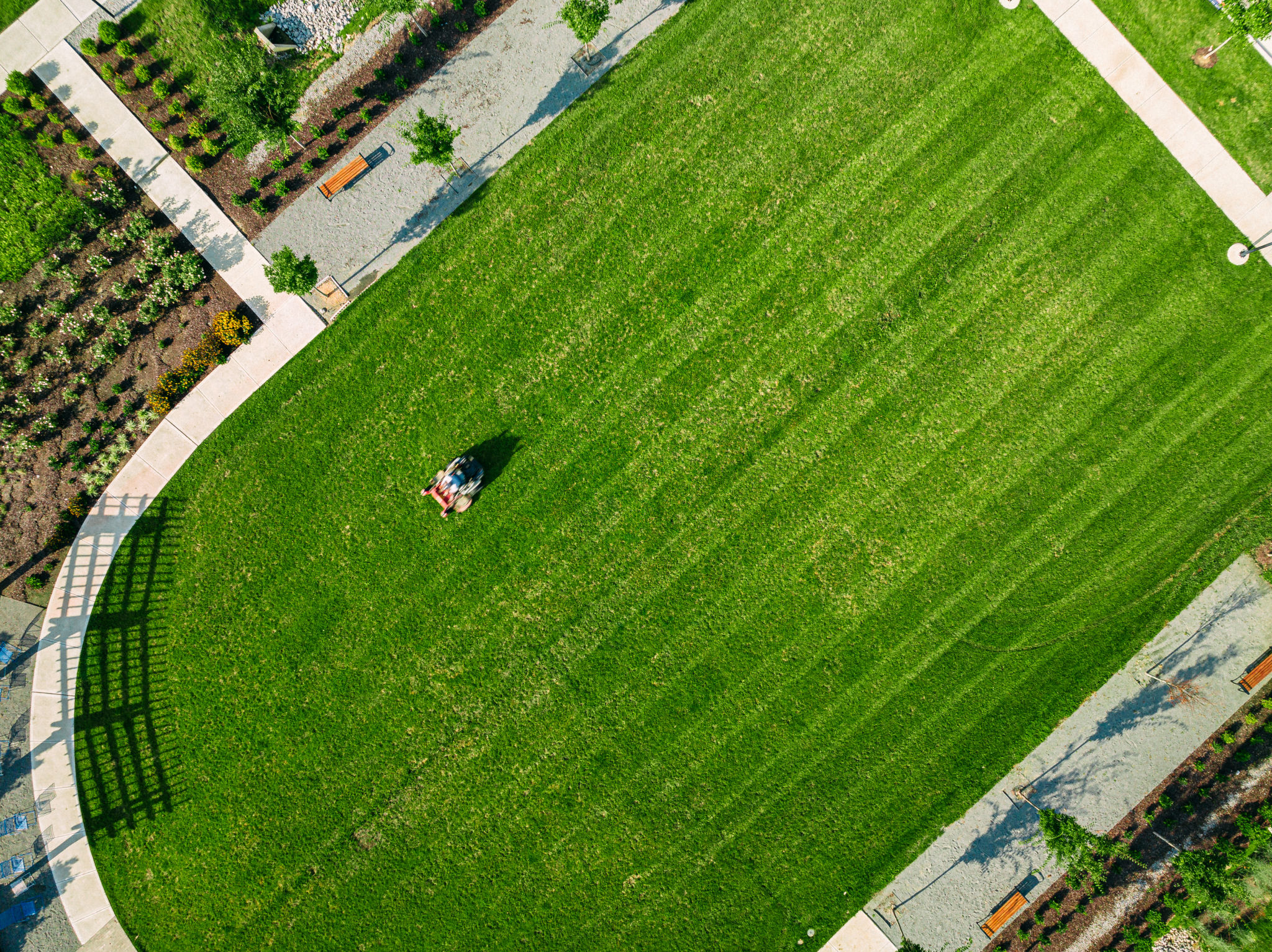Common Lawn Care Myths Debunked by Hays County Experts
The Truth About Lawn Watering
One of the most common myths about lawn care is the notion that watering every day leads to a healthier lawn. In reality, water conservation and proper timing are key to maintaining a lush, green yard. Experts from Hays County suggest watering deeply but less frequently, ideally one to two times a week. This approach encourages roots to grow deeper, making your lawn more resilient during drought conditions.
Moreover, it's best to water in the early morning when temperatures are cooler, reducing evaporation. Avoid watering during the hottest part of the day or at night, which can promote disease growth due to prolonged moisture on the grass. By dispelling this myth, you can not only save water but also enjoy a healthier lawn.

Myth of the Perfect Grass Height
Another widespread misconception is the belief that cutting your grass as short as possible means less frequent mowing. However, this practice can actually damage your lawn. Hays County experts recommend following the "one-third rule," which advises never to cut more than one-third of the grass blade's height at a time.
Maintaining proper grass height helps keep your lawn dense and prevents weeds from taking root. Taller blades of grass provide shade for the soil, helping to retain moisture and reduce evaporation. Therefore, understanding and applying the correct mowing practices is essential for a vibrant and healthy lawn.

The Fertilizer Fallacy
Many homeowners believe that fertilizing their lawn frequently will ensure its health and beauty. However, over-fertilization can lead to thatch buildup and environmental harm. Hays County specialists recommend a balanced approach, using fertilizers sparingly and only when necessary.
The best time to apply fertilizer is during the growing season, which varies depending on your grass type. Spring and fall are typically ideal for cool-season grasses, while warm-season grasses benefit from summer applications. By using the right amount of fertilizer at the appropriate time, you can avoid the risks associated with excessive fertilization.

Weed Control Misunderstandings
Some believe that applying weed killer everywhere is the best way to combat weeds. However, targeted application is more effective and environmentally friendly. Spot-treating weeds ensures that you're not harming beneficial plants or microorganisms in your soil.
In addition to chemical treatments, consider natural methods such as mulching and proper lawn maintenance to prevent weed growth. By understanding that not all weeds require harsh chemicals, you can maintain a healthier lawn ecosystem.
The Myth of Grass Compatibility
A common myth is that all grass types are suitable for every climate or soil type. In reality, selecting the right type of grass for your specific conditions is crucial for a thriving lawn. Hays County experts advise consulting with local nurseries or extension services to determine which grass varieties perform best in your area.
Factors such as sunlight exposure, soil type, and climate play significant roles in grass selection. By choosing the right variety, you ensure that your lawn requires less maintenance and resources over time.

Pest Control Misconceptions
Many believe that all insects are harmful to their lawns and rush to apply pesticides at the first sign of life. However, not all insects are pests; some are beneficial and help control harmful insect populations naturally. Hays County experts suggest identifying the insects present before taking action.
If pest control is necessary, opt for eco-friendly solutions that target specific pests without harming beneficial creatures or polluting the environment. Understanding the role of insects in your lawn's ecosystem can lead to more informed and sustainable pest management practices.
The Importance of Aeration
Aeration is often overlooked in lawn care routines. Some think it's unnecessary unless there are visible problems. However, regular aeration helps alleviate soil compaction, allowing air, nutrients, and water to penetrate deep into the root system.
Hays County experts recommend aerating your lawn once a year, preferably in the fall for cool-season grasses or late spring for warm-season grasses. This practice can lead to improved soil health and overall lawn vitality.
